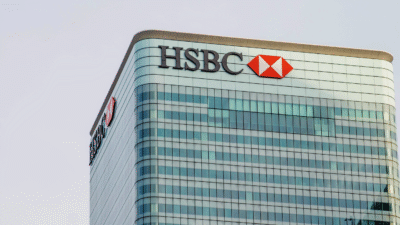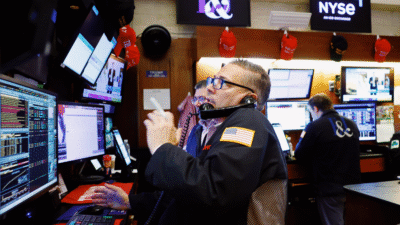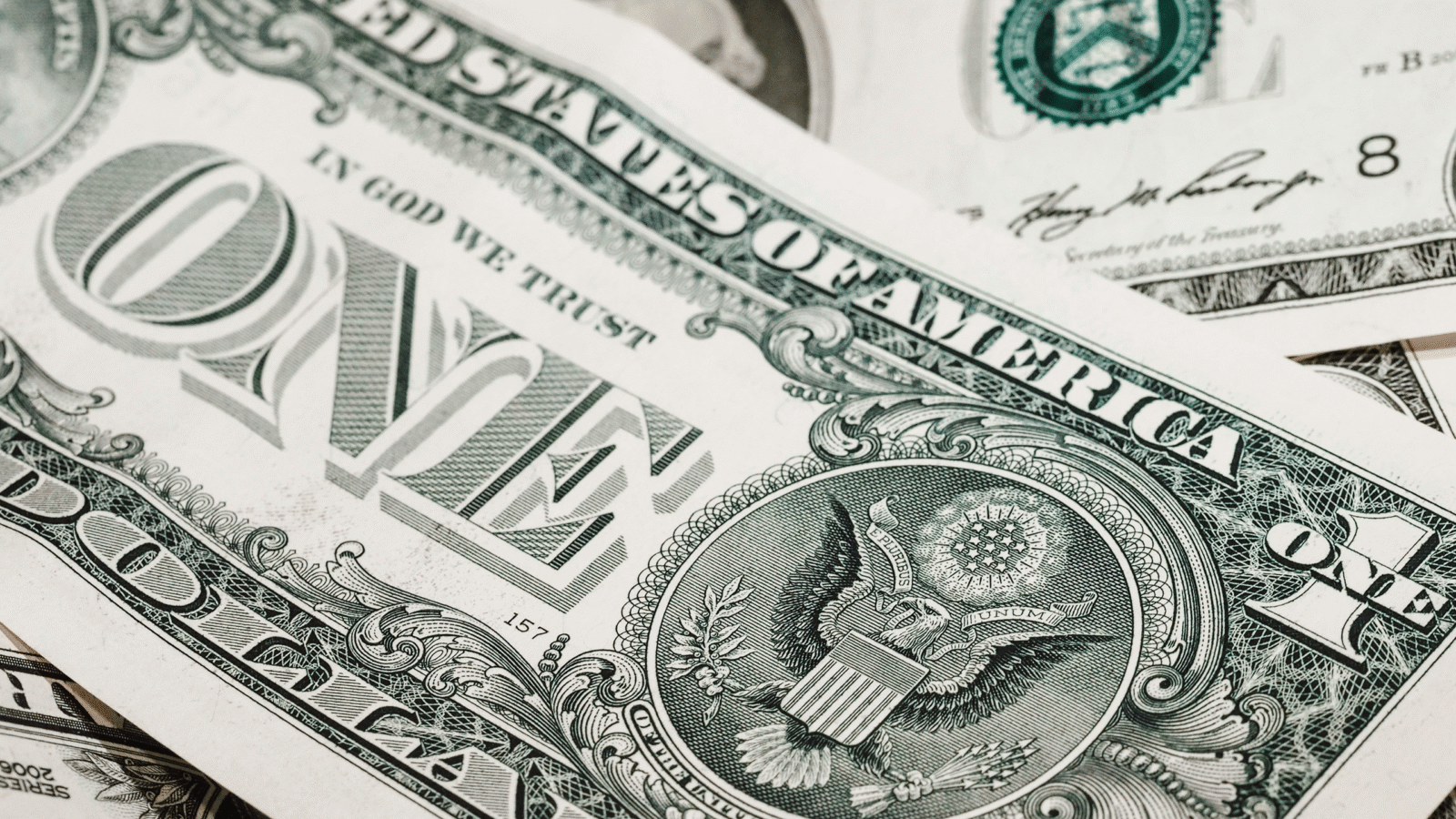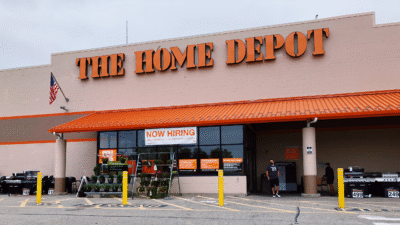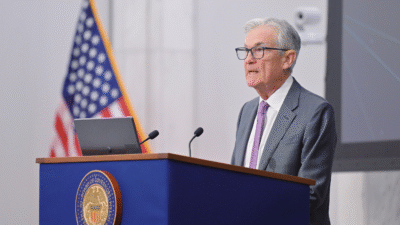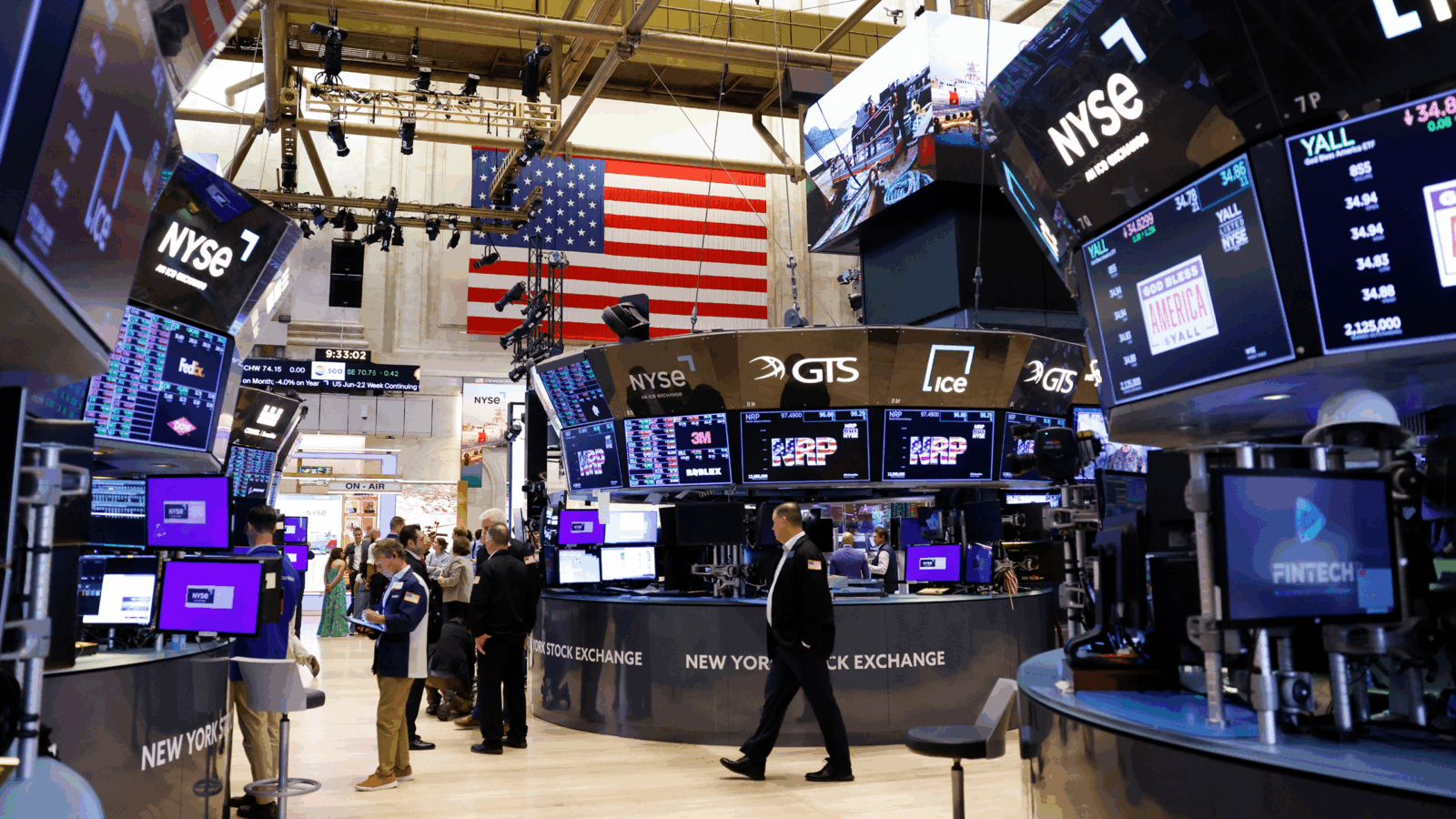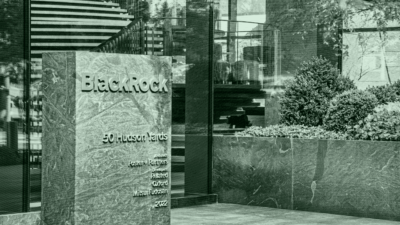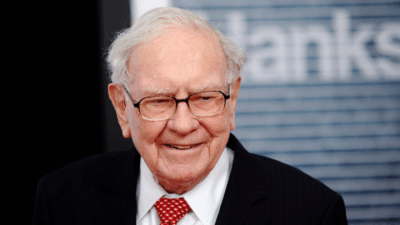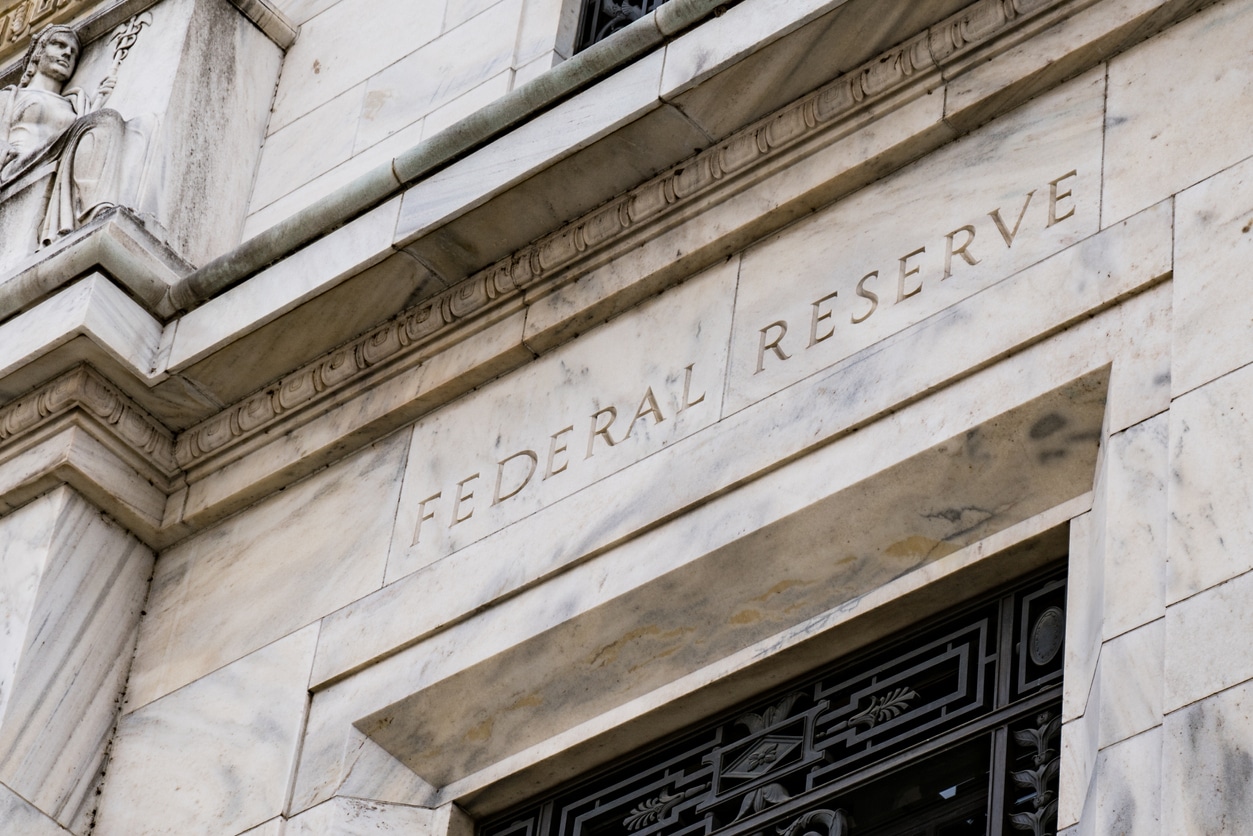
Sign up for smart news, insights, and analysis on the biggest financial stories of the day.
The Federal Reserve last week indicated it is ready to begin tapering “soon,” hinting that the era of ultra-easy money will soon be winding to a close. And on Wall Street, the looming end of the free money era means it’s time to back up the truck — the grown-up equivalent of “last licks” on the T-Ball field.
Private equity-backed companies have issued a whopping $120 billion of leveraged loans this year, just shy of the $124 billion record set in the first nine months of 2007 — notably, the eve of the Great Financial Crisis.
They Have All The Leverage
Everything about this year’s private equity bonanza is bigger than usual:
- The average leveraged buyout was valued at $2.5 billion this year, well above the mean of $2 billion in 2007, according to S&P.
- The average debt on LBOs in 2021 was 5.67 times EBITDA (a proxy of cash flow), compared to 5.41 times in 2013.
So What’s Driving the Surge? A number of factors are at play. All of them, naturally, relate to the figurative bottom line. Kearney Posner, a portfolio manager at Lord Abbett told the WSJ, “The tax hike is looming on the horizon and sellers want to maximize what they can make.”
For LBO specialists, a bevy of willing sellers is a welcome reality. Going into the year, private equity shops were sitting on roughly $1.5 trillion in so-called “dry powder,” or yet-to-be invested capital.
Anything to Worry About? Relative to the last financial crisis, the broader financial system appears to be relatively well insulated. Investment banks are reportedly carrying roughly $130 billion of leveraged loans on their balance sheets, compared to $480 billion 2007 — the rest having been packaged-up to private investment firms, pensions, and insurance companies.

